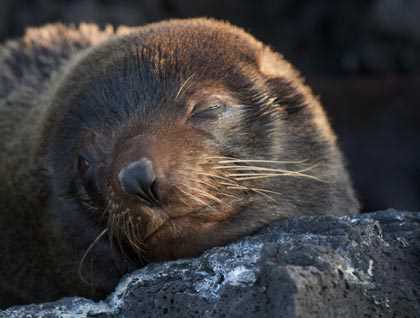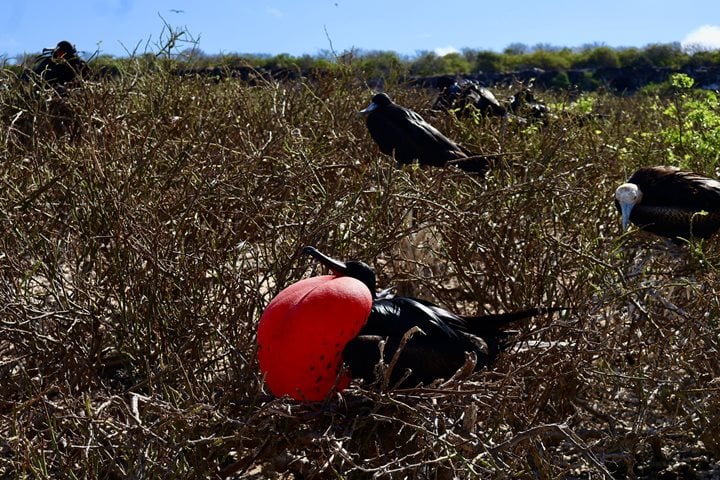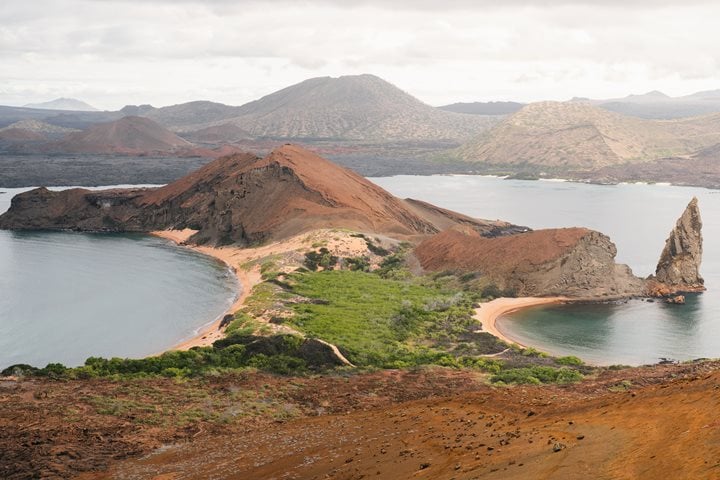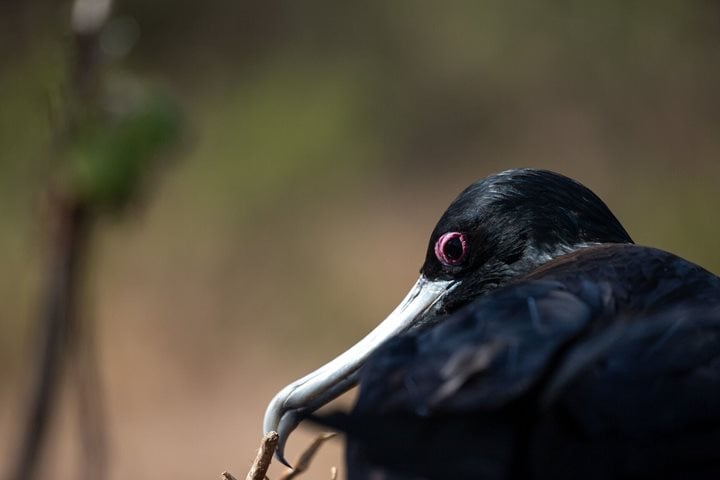After spending two days in the western part of Galapagos, we were back in the central part of the archipelago today. This morning we disembarked on a black sandy beach for a pre-breakfast morning activity.
It was very impressive to see a lot of turtle tracks along this beach and finches singing all over this place, known as Espumilla Beach. This is a sign that the season is changing in Galapagos. Some areas here are very dry because of the lack of rain, and with the new wet season a lot of terrestrial birds and reptiles are going to start nesting all over the archipelago.
Galapagos is one of those places that is wonderful to visit. No matter what time of the year you come here to visit us, the animals are here waiting for you.
Later in the morning we continued our visit in a different location known as Buccaneers Cove. This is a wonderful place for water activities such as glass-bottom boating, kayaking, and deep water snorkeling with sharks, sea lions, and lots of fish. It was a very intense morning of activities, with many great encounters and memories.
After a short navigation we arrived at Puerto Egas which is wonderful place for relaxing on a black sandy beach and snorkeling as well. This small beach is the home for sea lions. It was amazing to observe pups interacting among themselves, mums nursing their pups, and to see one alpha male patrolling its territory to make sure no other males take over its harem.
This was a nice preparation for our final afternoon activity along the coastal area of Puerto Egas. This is one of the best places to see lots of migratory shore birds such as ruddy turn stones, wandering tattlers, whimbrels, semipalmated plovers, sanderlings, and sandpipers.
This hike is probably the best site here in Galapagos to see our two endemic marine mammals at the same time, Galapagos sea lions and Galapagos fur seals. It was amazing to learn that these two creatures came here from two different hemispheres and adapted to live in these subtropical waters.
The geology was also very impressive because we saw layers of volcanic ash compacted as cement all along the coast of Puerto Egas, forming lava tubes that have collapsed into the ocean in beautiful and interesting formations. And finally, this place is also wonderful for exploring tidal pools with invertebrates.
As we came back on board, it was amazing to see marine iguanas heading back ashore for land basking, which helps to accomplish their metabolism and digest their food, which is extracted from the ocean.







